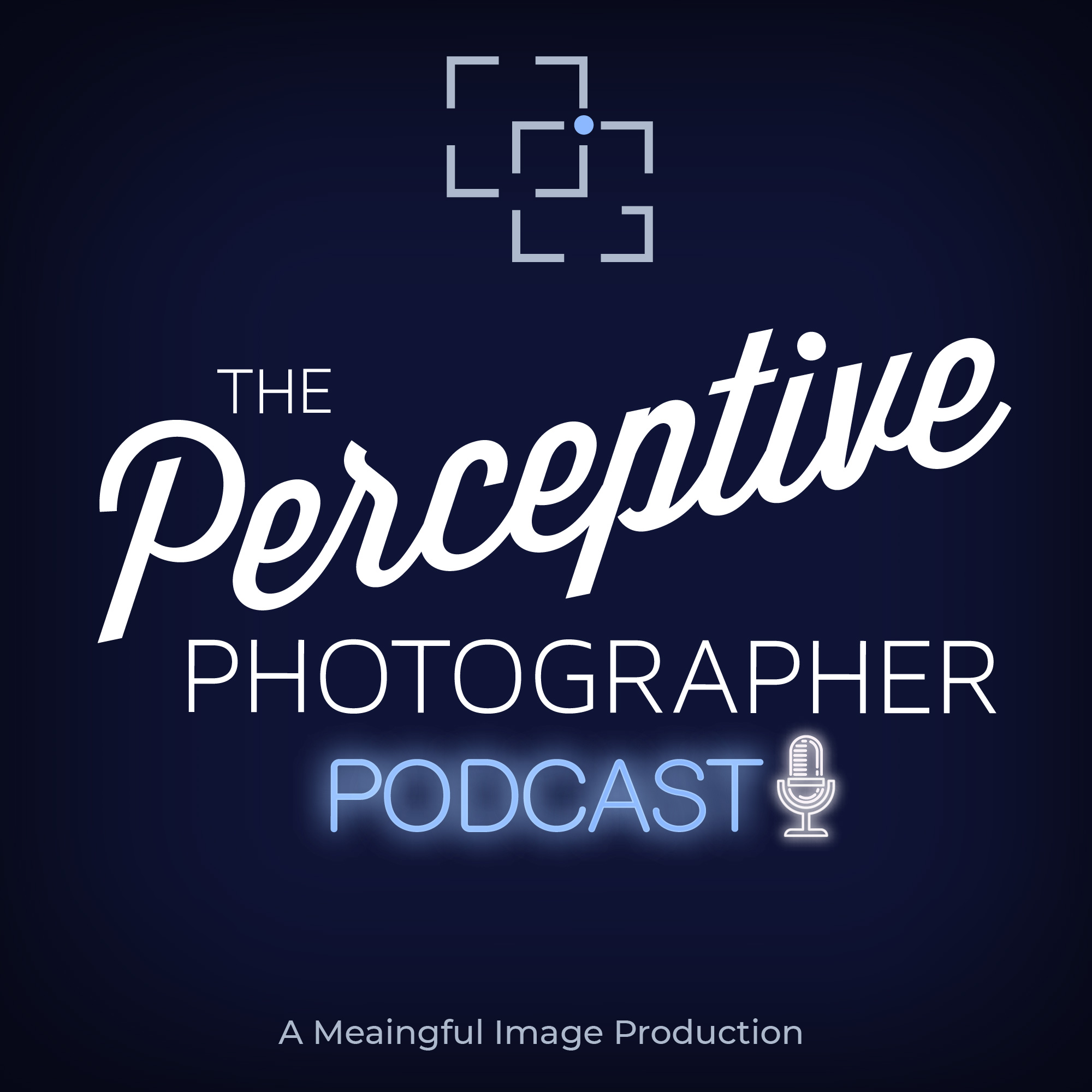Episode 238
I find that it is sometimes difficult to work with a strong feeling of uncertainty. It doesn’t matter if it is technical, artistic, or just a feeling I have. I like to think that I have some clarity in my work and process. However, the reality is that I frequently don’t have a clear idea when I set out to work what might happen.
In this week’s podcast, I talk about the importance of accepting uncertainty and ambiguity in our photographic process. While it might be uncomfortable to work this way, I believe that the value of learning how to roll with the changes and finding inspiration from learning along the way is more valued than always having a hard correct interpretation.
I also think there is so much we can learn from spending time with the uncertainty of what we are working on at any given time. It is in that space of wonder that our creativity can produce the best results.
Gear used in podcast
One of the questions I get asked frequently is what sort of equipment do I use to record my podcast. I have used a variety of equipment in the three years that I have been recording, but here is the current list of equipment that I am using. Also as an FYI and full disclosure, the links are affiliate links to Amazon.
Rode Procaster XLR microphone
Rode Boom Arm
Rode PSM Shockmount
All three Rode components a kit
Focusrite Scarlet 2i2
Adobe Audition (part of creative cloud subscription)
LogicPro X
Macbook Pro
OWC Thunderbolt 3 dock
Headphones

